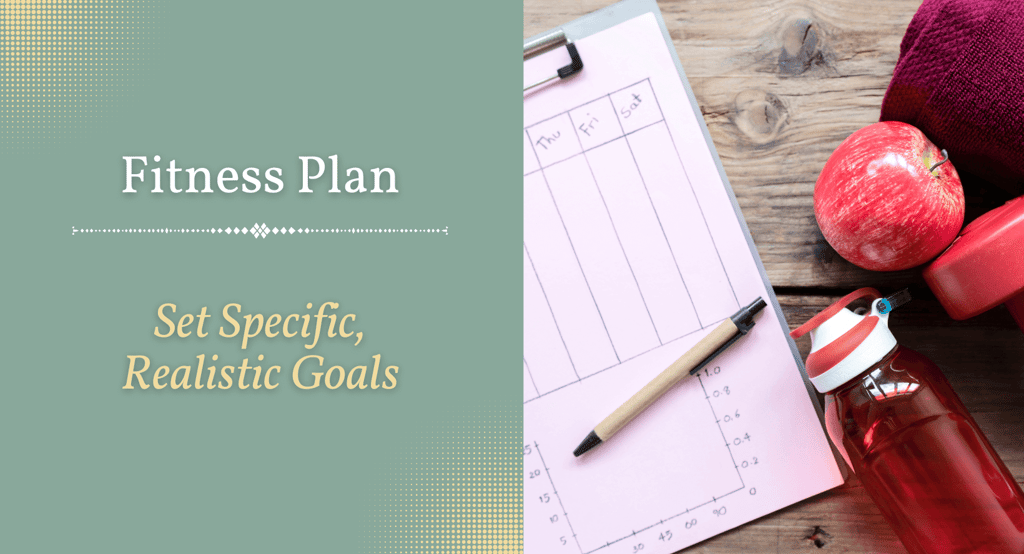Add your promotional text...
Creating A Fitness Plan Helps You Set Specific, And Realistic Goals!
3/17/20234 min read


A healthy, balanced and effective training plan is aligned with your goals and focuses on the 5 components of fitness.
1. Cardiovascular endurance
The ability of the heart, lungs, and circulatory system to supply oxygen and nutrients to the body’s tissues during sustained physical
2. Muscular strength
The maximal force that a muscle or group of muscles can generate in a single maximal effort.
3. Muscular endurance
The ability of a muscle or group of muscles to repeatedly contract over an extended period of time.
4. Flexibility
The range of motion of a muscle and its associated connective tissues at a joint or joints.
5. Body composition
The physical makeup of the body including the proportion of fat, muscle, bone, and other tissues.
Factors To Take In Consideration When Creating Your Training Plan
An effective, balanced, well-designed training plan allows for a progressive and balanced approach to training, gradually increasing intensity and duration over time to avoid overuse injuries and burnout. To design your plan, take into account factors such as your current fitness level, your desired outcomes, and available time and resources. This will provide structure and motivation, helping you to stay focused and committed to your fitness goals. It boosts up your confidence, which will further enhance the benefits of regular exercise.
Your Current Fitness Level
To start with, assess your current fitness level by determining your strength, endurance, and flexibility.
If you are a beginner, it’s best to start with low-impact exercises such as walking or cycling and gradually increase the intensity and duration of your workouts.
For more advanced fitness enthusiasts, incorporating high-intensity interval training or resistance training can be a great way to challenge your body and continue to see progress.
Your Desired Outcomes
Whether you want to lose weight, build muscle, increase endurance, or improve overall fitness, having a clear plan can help you stay focused and motivated.
To start, it’s important to set specific, measurable, and realistic goals that are aligned with your desired results. From there, you can choose exercises and activities that are best suited for achieving your goals.
For example, if your goal is to lose weight, you may want to incorporate cardio exercises such as running, cycling, or swimming into your routine. Alternatively, if your goal is to build muscle, you may want to focus on resistance training exercises such as weightlifting.
Whatever your desired results may be, creating a plan that is tailored to your specific goals and preferences can help you achieve success and maintain a healthy lifestyle.
Your Available Time
Creating a fitness plan that fits your available time is crucial for sticking to your routine and achieving your fitness goals.
When designing your plan, it’s important to be realistic about the time you have available for exercise. If you have a busy schedule, consider breaking up your workouts into shorter sessions throughout the day or week. Alternatively, you can choose exercises that require minimal equipment and can be done at home, such as bodyweight exercises or yoga. You may also want to consider incorporating high-intensity interval training (HIIT) into your routine, which can be a quick and effective way to get a full-body workout in a short amount of time.
Remember that even a little bit of exercise is better than none, so don’t feel discouraged if you only have a few minutes to spare each day. By creating a fitness plan that is tailored to your available time, you can make exercise a part of your daily routine and work towards achieving your fitness goals.
Your Available Resources
When designing your plan, it’s important to consider the resources you have available, such as access to a gym or fitness equipment, outdoor space, or online resources.
If you have limited resources, you may want to focus on exercises that require minimal equipment, such as bodyweight exercises, resistance bands, or yoga. Alternatively, you can take advantage of free online resources, such as fitness apps or YouTube videos, to guide your workouts. If you have access to a gym or fitness center, you can work with a personal trainer or fitness instructor to design a plan that is tailored to your goals and available resources.
Whatever your available resources may be, creating a fitness plan that is sustainable and fits within your means can help you achieve success while also being mindful of your budget and other limitations.
Designing a Fitness Plan: The Key to Achieving Your Goals and Maintaining a Healthy Lifestyle
In conclusion, creating a fitness plan is crucial for achieving your fitness goals and maintaining a healthy lifestyle. By designing a plan that is tailored to your fitness level, desired results, available time, and resources, you can stay motivated, avoid injury, and make exercise a part of your daily routine.
A well-designed fitness plan can help you track your progress, make adjustments as needed, and stay on track towards achieving your goals. Whether you are a beginner or an experienced fitness enthusiast, creating a plan that works for you can help you achieve success and maintain a healthy and active lifestyle.
If you have any questions or need some assistance, feel free to submit a comment or send us a message here.


A training plan provides structure and motivation, helping you to stay focused and committed to your fitness goals.
With a well-designed training plan, you can set specific targets and track your progress. It will also provide a sense of accomplishment and boosts confidence, which can further enhance the benefits of regular exercise
